February Walking Tour – Making One Last Stand
There’s something to be said for things that survived 2020, even in the world of plants. Wandering the Gardens in February and March, we still see the skeletal remains of the 2020 flower show, and it’s now that we see who the really tough and interesting survivors are. I’m not talking about the big players like evergreens, or conspicuous giants like sycamores with their interesting plated bark. No, I’m talking about those perennials that did their thing last season but kept on standing, with durable seed heads, twisted stems or swirling grassy leaves, their subtle winter hues warmed by the low sweep of our winter sun. These are the things that even stir-crazy gardeners are reluctant to cut back, even though now is the time to clean things up and prepare for the fast approaching growth of spring.
Take a slow stroll on a calm winter day and enjoy the last stand of these subtle performers who have taken the old adage “The show must go on!” very literally through our toughest, darkest days. But look quickly; now is the season of renewal, and you will see our horticulturists hard at work, bidding a final farewell to all that was 2020 in the Gardens and preparing for a glorious spring that is just around the corner.
- Baby Blue rabbitbrush (Ericameria nauseosa ssp. Nauseosa baby blue form): Cottonwood Border, Water-Smart Garden, Sacred Earth) spends its last golden days of fall luring all sorts of pollinators, but when it’s over, its fluffy seed heads persist through the winter. We trim the entire shrub down to six inches by mid-March.
- Buttonbush (Cephalanthus occidentalis: Plains Garden lower path) holds sprays of sweet spherical white flowers in late summer, and the durable seed balls that follow will last well into the spring. These can be trimmed for dried arrangements. Buttonbush is a medium to large shrub that responds well to spring pruning.
- Undaunted muhly grass (Muhlenbergia reverchonii ‘PUND01S’ UNDAUNTED®): Rock Alpine Garden, El Pomar Garden, Plant Select) is a frothy rosy cloud in late summer, pairing perfectly with pink and purple Agastache. After frost the buff colored clouds continue to soften the winter landscape.
- Hydrangea arborescens ‘Annabelle’ (Romantic Garden, Shady Lane) is a summer favorite with its pure white globes, shifting to soft lime by autumn. With frost they transition to golden-tan and give welcome, long-lasting structure to the winter garden. These are trimmed to just a couple inches tall in March each year.
- See the world through rose-colored grasses! Two grasses to be specific: our native little bluestem (Schizachyrium scoparium: Plains Garden) and the less common African red oat grass (Themeda triandra: Marnie’s Plaza, Steppe Garden). Both will brighten the winter landscape in shades of rose to rusty-lavender. Little bluestem remains upright, springing back even after wet snow. The red oat grass is a bit more relaxed, laying in graceful sweeps over adjacent stems and rocks. Both are best trimmed to just a few inches tall by late March.
- Pale purple coneflower (Echinacea pallida: Cottonwood Border) is a graceful summer wildflower with long reflexed pink petals, looking like badminton birdies launching simultaneously skyward. When that fun show has passed, the sturdy seed heads remain as a food source for birds, persisting well into the late winter as a great complement to softer winter grasses. We trim these to the ground by late March before growth begins.
- As you wander, you will see that this is by no means an exhaustive list! Many other grasses make the list, including Mexican feather grass (Nassella tenuissima) and hardy pampas grass (Saccharum ravennae). Most of our native penstemons (Penstemon spp.) have persistent spikes of rich brown seed capsules. The stacked globe-like seed balls of lion’s ear (Leonotus) and Jerusalem sage (Phlomis spp.) can last well into winter. Most yarrow (Achillea spp.) have flattened disc-shaped seed heads on sturdy stems. Several hardy statice (Goniolimon tataricum and others) have intricately branched stems with delicate dried flowers.
The list goes on! A late winter walk will reveal which ones are true assets to the winter garden and can help you plan for reliable all-year interest in your own gardens.
Gallery
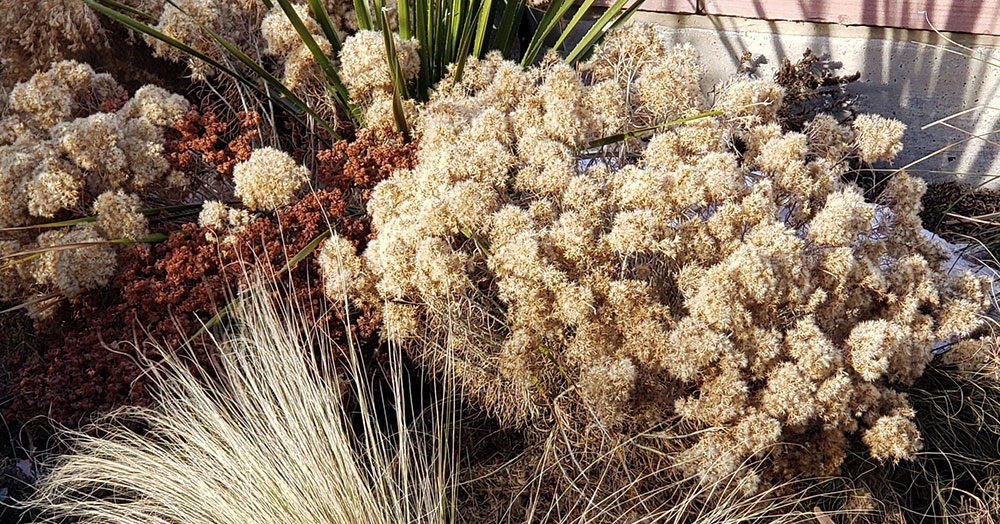
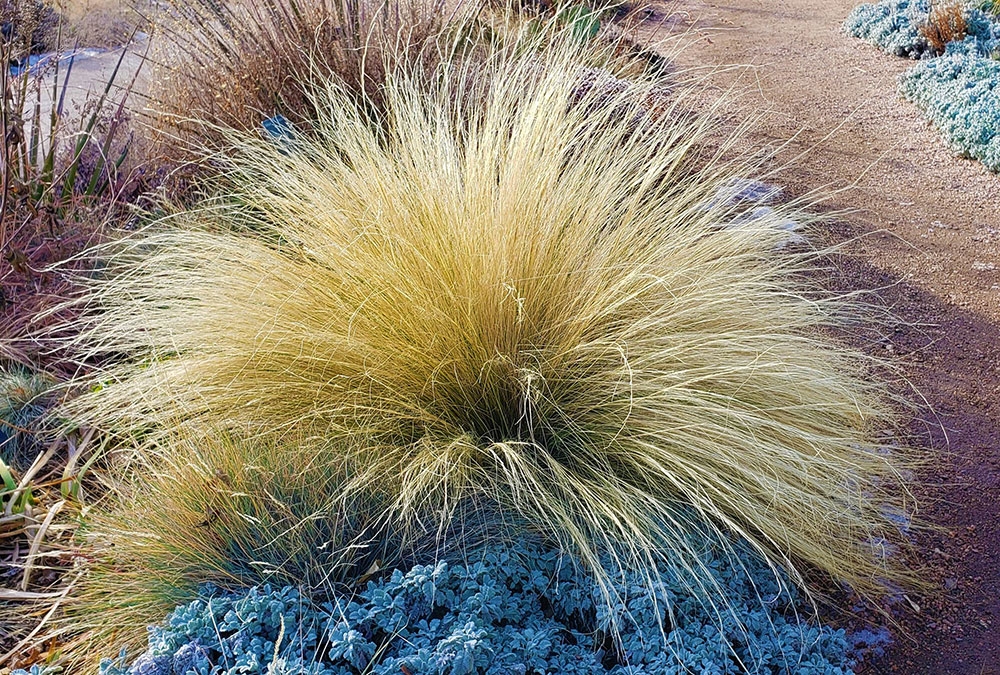
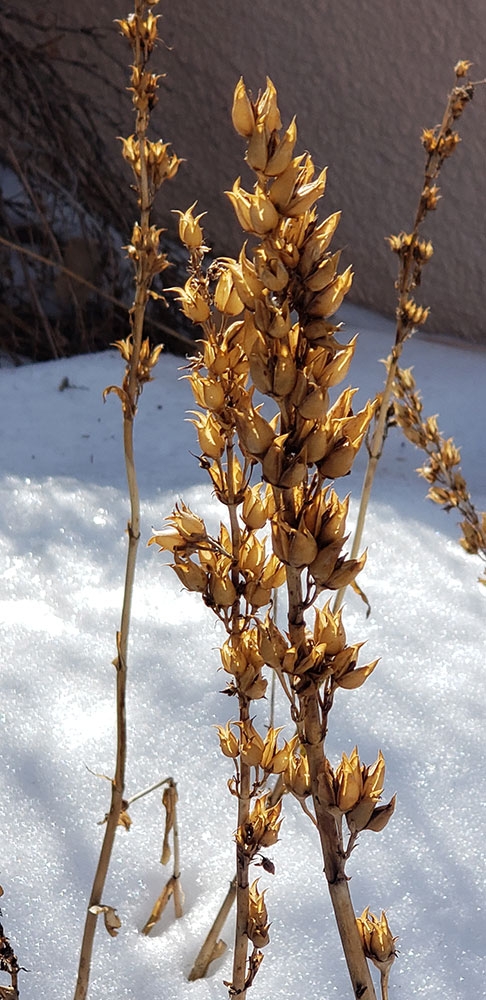
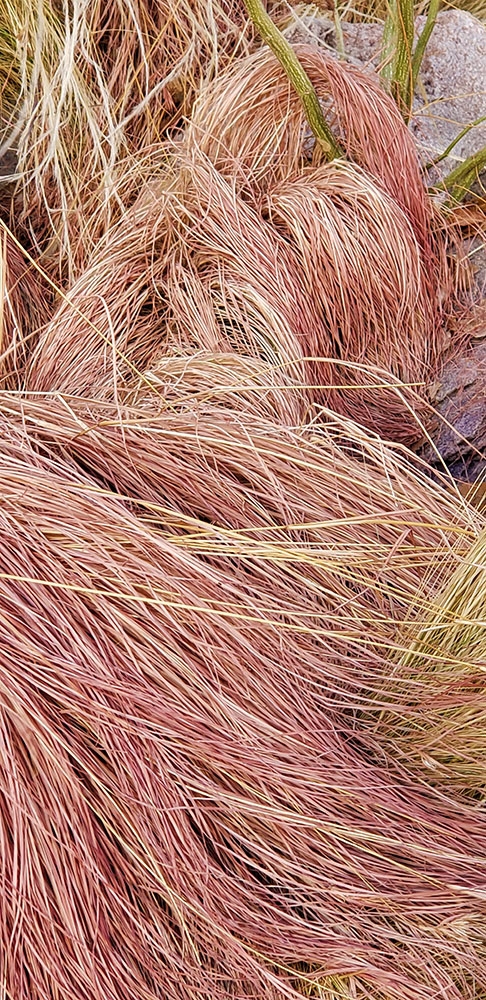
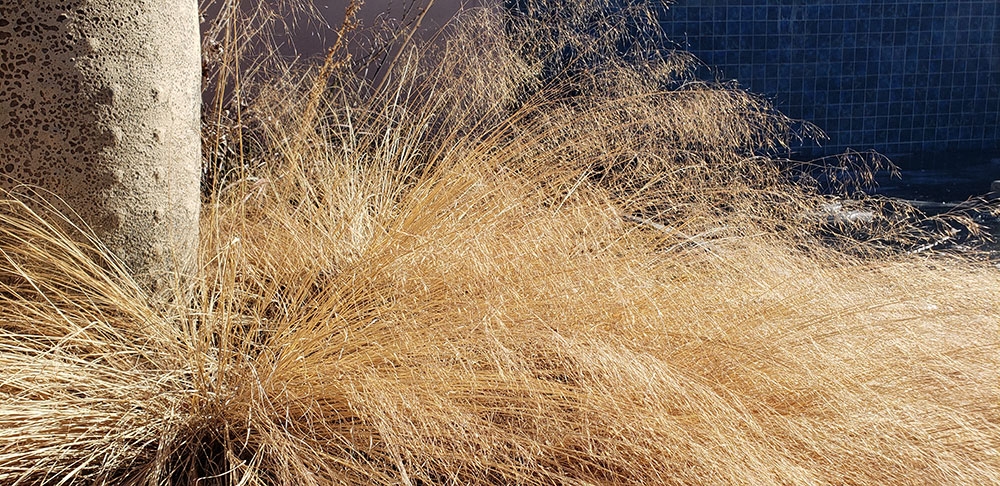
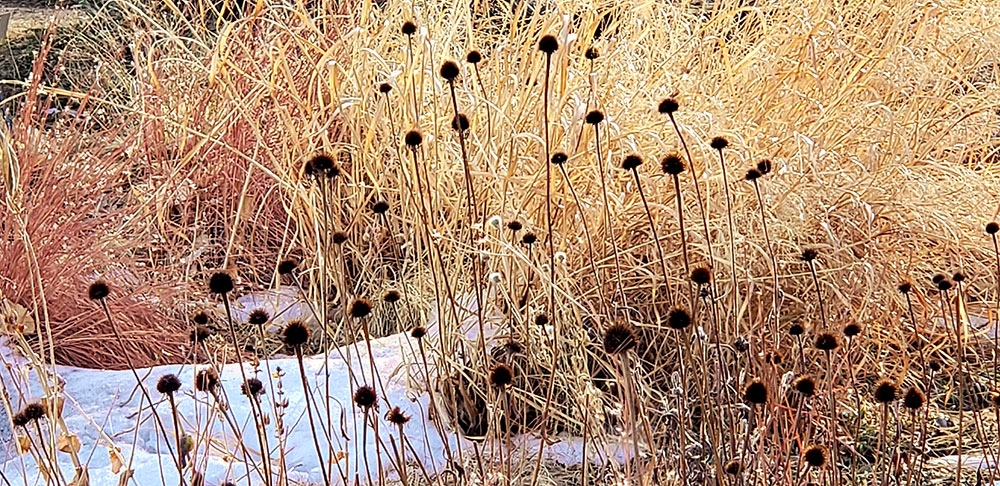
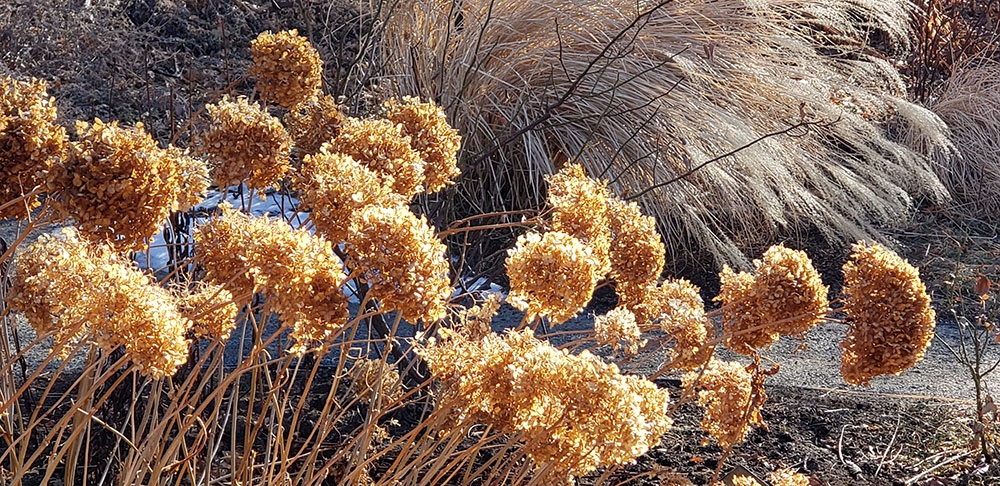
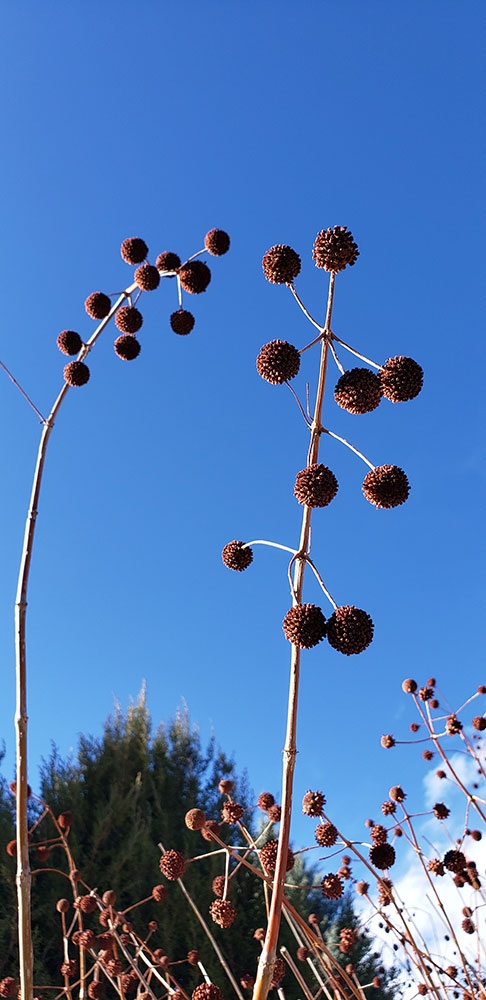
Add new comment